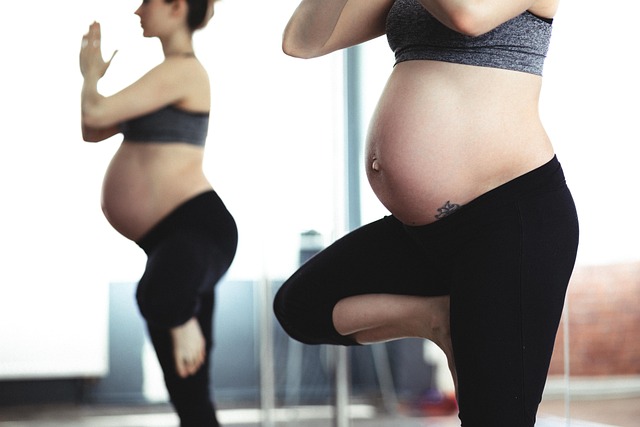While many people associate preeclampsia with pregnancy, it’s important to know that a rare but serious condition called postpartum preeclampsia can arise after childbirth. This condition is marked by elevated blood pressure and an excess of protein in the urine, which can pose significant health risks if left untreated.
What is Postpartum Preeclampsia?
Postpartum preeclampsia occurs after delivery and shares similarities with its prenatal counterpart. It involves high blood pressure and protein in the urine, and if not managed properly, it can escalate to more severe complications such as eclampsia, which involves seizures, or HELLP syndrome, characterized by hemolysis, elevated liver enzymes, and low platelets.
Symptoms of Postpartum Preeclampsia
The symptoms can be quite similar to those experienced during pregnancy, including headaches, vision changes, and swelling. If you notice these signs after giving birth, it’s crucial to consult with a healthcare provider promptly.
When Does Postpartum Preeclampsia Typically Start?
Most cases surface within the first few days to a week after delivery, but some may experience symptoms even later.
Causes and Risk Factors
The exact cause remains unclear, but certain factors can increase the risk such as a history of preeclampsia in previous pregnancies, high blood pressure prior to pregnancy, or being overweight.
Diagnosis
Diagnosis usually involves monitoring blood pressure and conducting urine tests to check for protein levels. If you’re concerned, it’s essential to get checked out by a healthcare professional.
Complications
If postpartum preeclampsia progresses, it can lead to serious complications, including organ damage and other life-threatening conditions.
Treatment Options
Treatment often involves medication to lower blood pressure and can include hospital admission in severe cases. Your healthcare provider will determine the best approach based on your specific situation.
Preventative Measures
While there’s no guaranteed way to prevent postpartum preeclampsia, maintaining a healthy lifestyle during and after pregnancy may help. Keeping track of your health and regularly visiting your healthcare provider for check-ups is key.
For those considering starting a family, you might find helpful resources like Make a Mom, an at-home insemination company offering the only re-usable option. They even have a simple guide on how it works. Additionally, if you’re looking for support, check out the Make a Mom Facebook group for free sperm donor matching.
Overall, postpartum preeclampsia is a serious condition that requires awareness and swift action. If you’re interested in further reading, take a look at our postpartum skin care guide for more on health after giving birth. For those navigating fertility treatments, WebMD offers an authoritative overview of various options available.
In summary, postpartum preeclampsia is a rare but significant health issue that can arise after childbirth. Recognizing the symptoms and understanding the risks can help ensure proper care.
